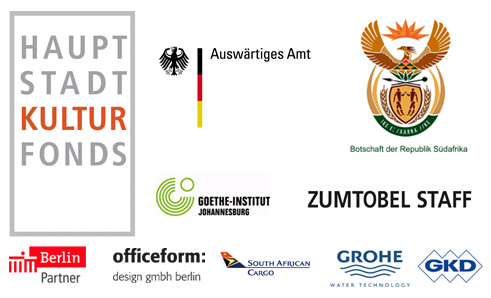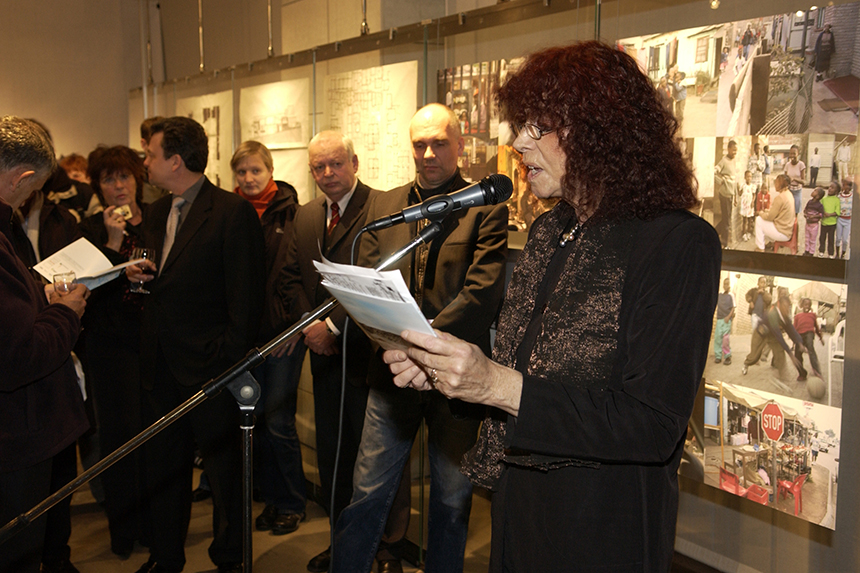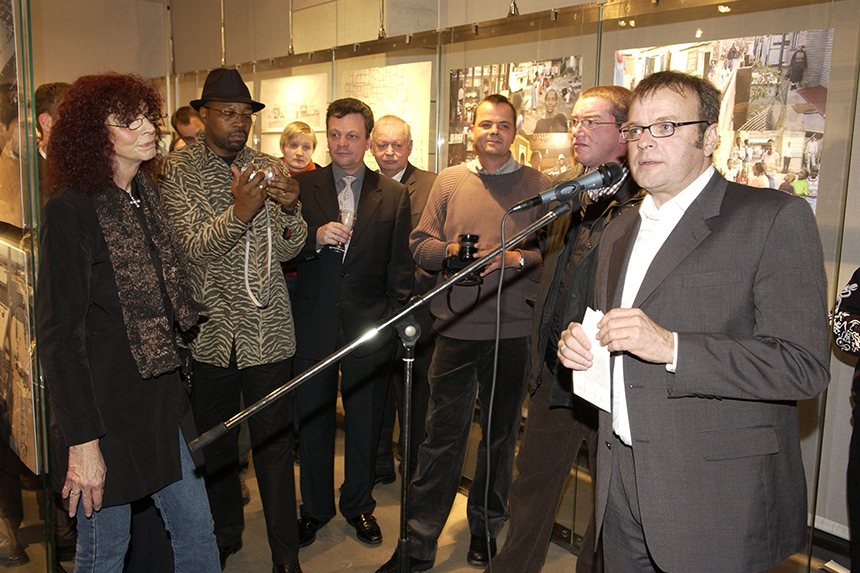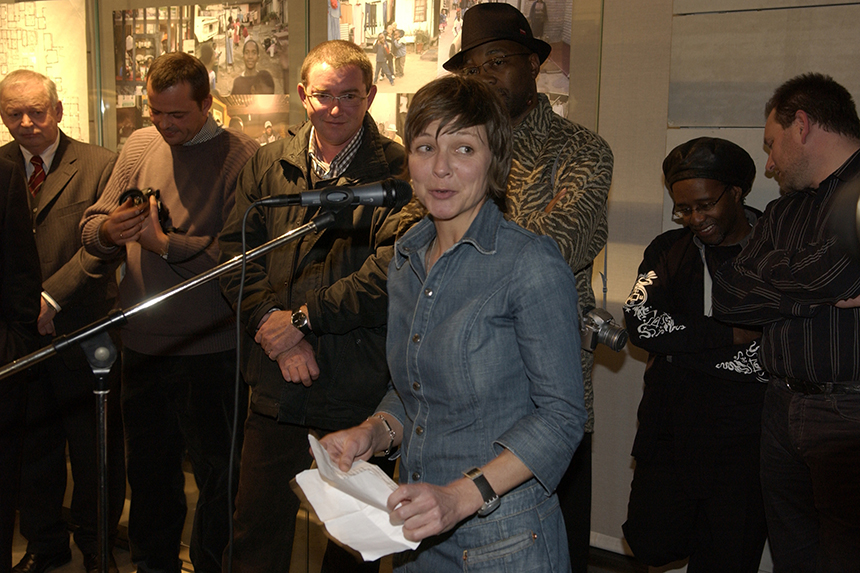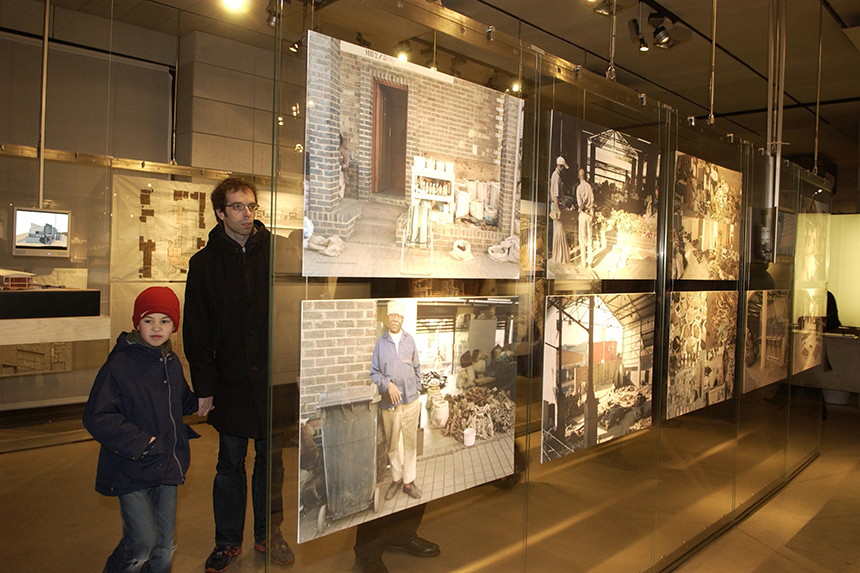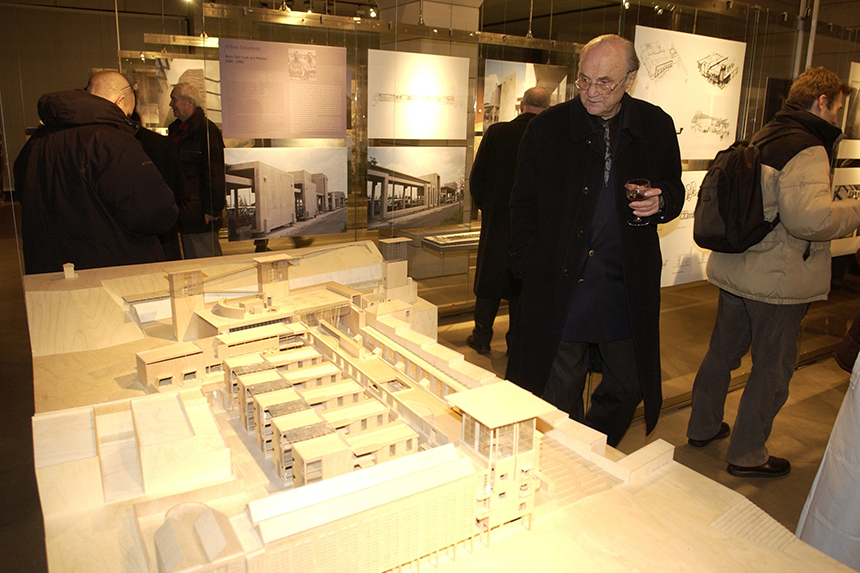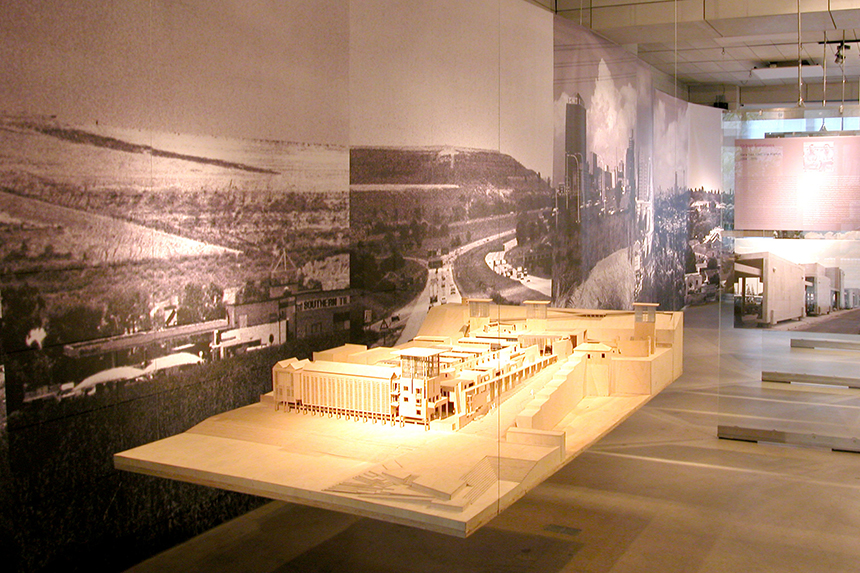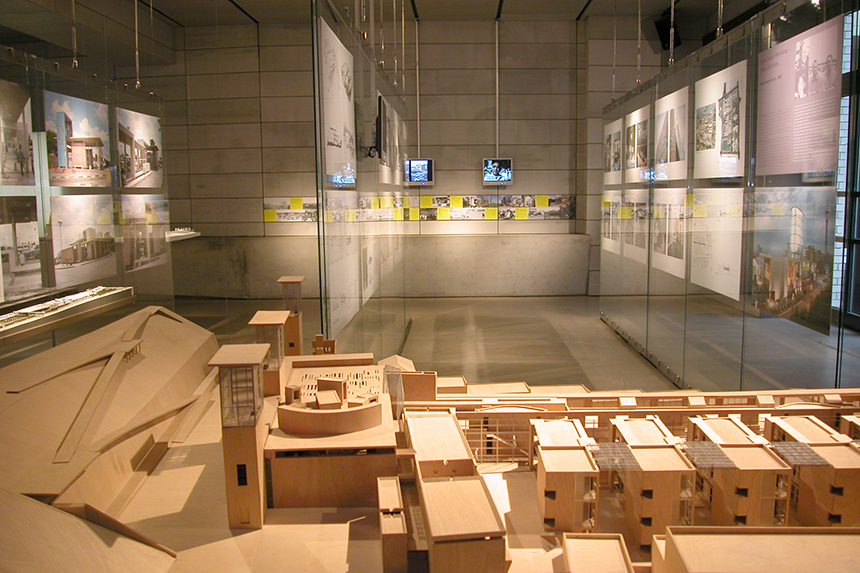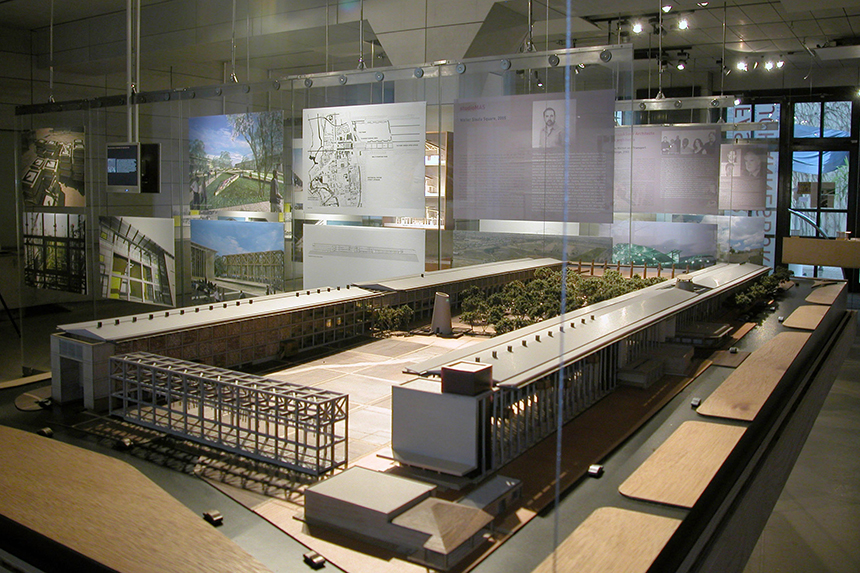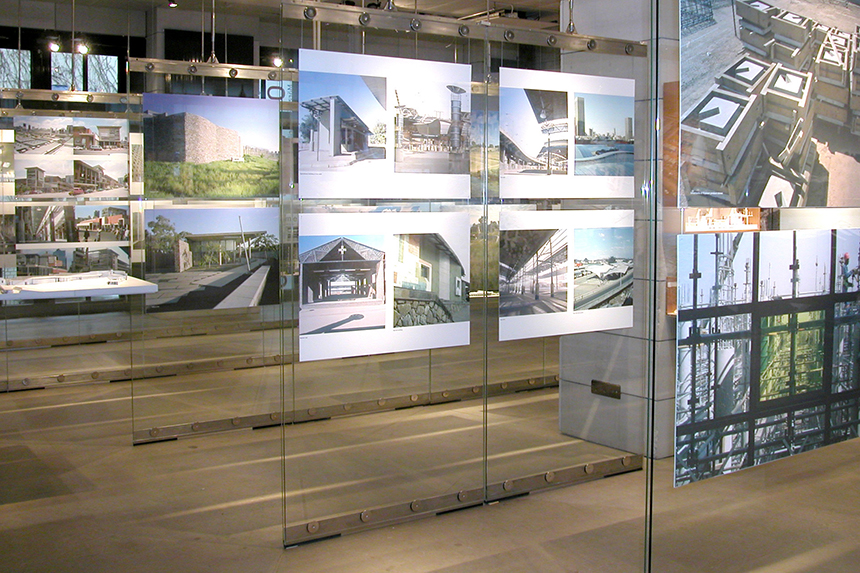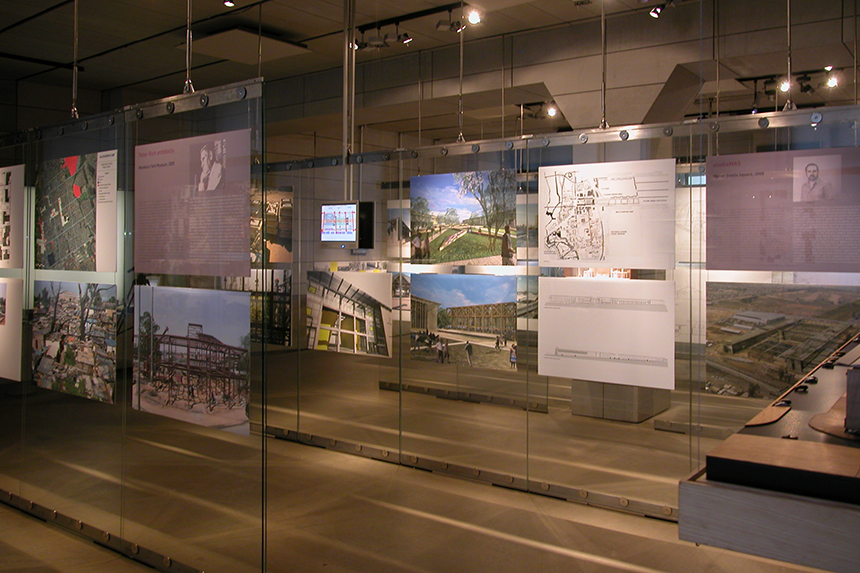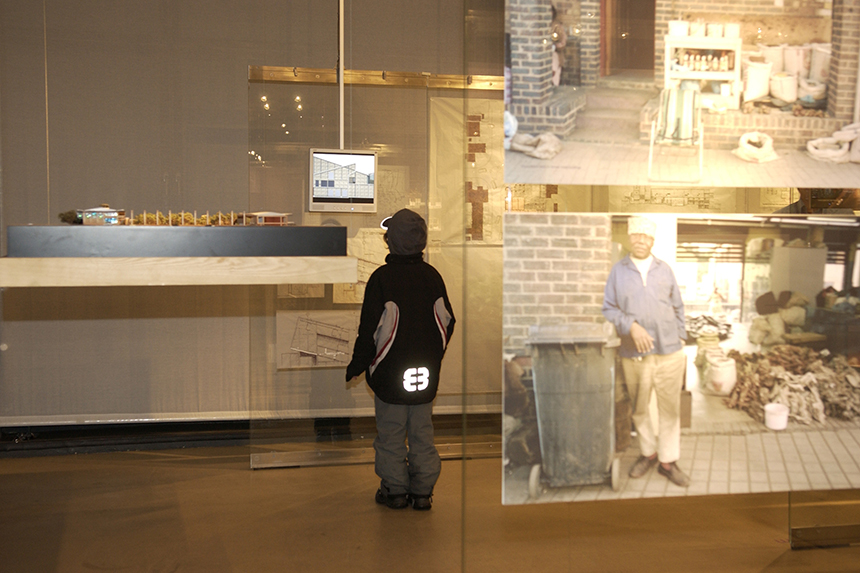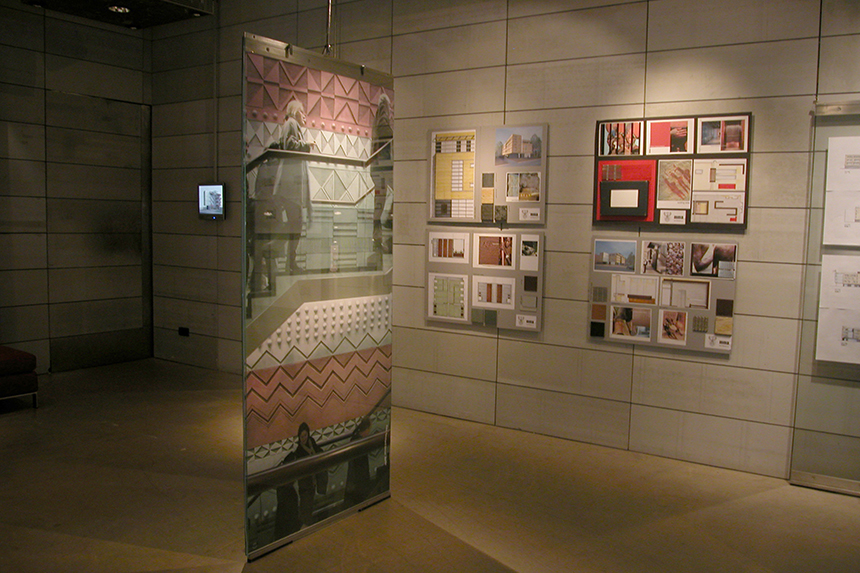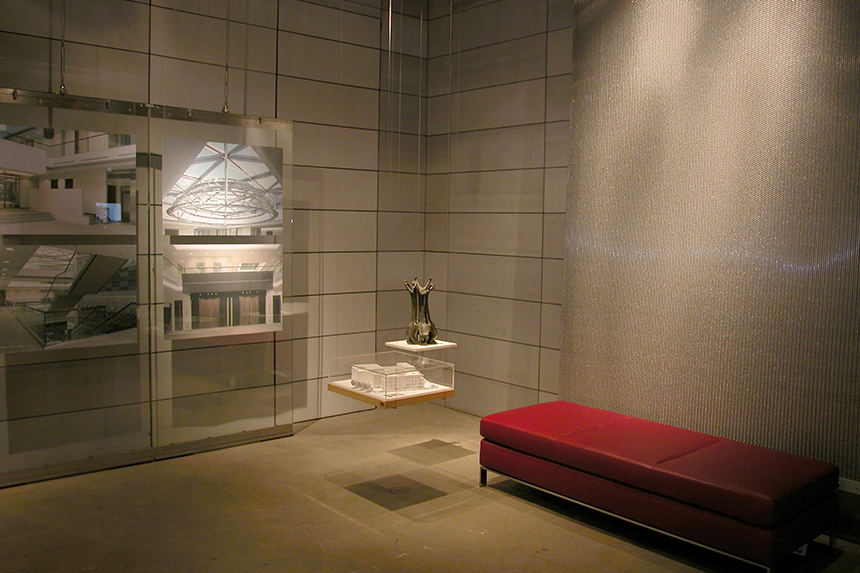Fast Forward Johannesburg
Last year, South Africa proudly celebrated the 10th anniversary of its newly founded democratic order. Despite apprehensions on many sides, the abolition of the racist Apartheid system was not accompanied by civil war or economic and administrative collapse. Instead, the country on the Cape of Good Hope has established itself as one of Africa’s most economically and politically stable nations.
Johannesburg and the province of Gauteng make up South Africa’s economic engine, and the continent’s largest business center south of the Sahara.
If the new government, elected in 1994, pledged itself to make life better and more just life for the previously disadvantaged black majority, then to redeem this promise has been a protracted and difficult process.
The construction of a society based on democracy and equality involves all spheres of life — including architecture. Today, design processes for public building projects are stamped by the participation of all users (not just judges and officials, but bus drivers and street merchants as well), as well as residents. And the same is true of South Africa’s search for its identity, of its confrontation with its history, and of its striving to help smaller local businesses to become viable while enabling them to participate in economic and cultural construction processes.
The Development of Johannesburg
Johannesburg is set high up on a plateau lying at altitudes of between 1600 and 1800 meters. The inner city, with its generations of high-rises arranged on an orthogonal grid, is delimited by motorway and railway lines. Stretching out in a great sweep to the north are the formerly whites-only residential districts. The townships where the black citizenry resides are set outside of the inner city. Soweto, the largest of them, lies to the southwest, separated from the city by a strip of goldmines running along an east-west axis, whose gold-colored mining waste heaps mark the cityscape. The first gold finds of 1886 — which led to the discovery of the largest deposits worldwide — triggered Johannesburg’s development.
In the inner city, each parcel has been rebuilt, it is said, four or five times, as various styles from around the world were adopted, adapted, and transformed. Johannesburg has always been characterized as being erratic and uncontrollable by nature, as a city capable of generating the best along with the worst. During the Apartheid era, policies of spatial segregation were enforced here with special severity. And with a dynamism peculiar to this city, the fall of Apartheid sparked initially unplanned and uncontrolled processes of wide-ranging transformation.
The metamorphosis of Johannesburg’s old inner city into an African metropolis was accompanied by the migration of offices, commercial buildings and exclusive shops into newly constructed office parks and shopping malls in the northern suburbs, where new guarded residential parks have also sprung up.
Several years ago, on the other hand, the municipal and provincial governments initiated comprehensive programs designed to revitalize the inner city and to improve living conditions in the townships. Among these programs are infrastructural measures as well as construction related to tourism projects, industry, services and research.
By means of current architectural and urban planning projects, the exhibition showcases the developments of the past decade. The new democratic order encourages innovation and novel approaches and solutions.
By elucidating the relevant context, light is shed on the new management and design processes at work today in Johannesburg — which are representative of processes affecting South Africa as a whole.
The exhibition features the following projects:
Constitutional Court (2004)
Architects: Urban Solutions / omm Design Workshop, Johannesburg/Durban
The new constitutional court is located between the inner city and Hillbrow, on the site of a former fort that was later used for interning political prisoners. The ideals and the foundations of the new South Africa — freedom, democracy, equal opportunity, diversity, responsibility, and reconciliation — are anchored in the constitution. The new construction of the constitutional court attempts to convey these ideals via the building’s permeability and transparency, by incorporating portions of the old fort into the new building, and by adopting a contemporary approach that integrates local traditions. The development of a climatization system based on low-energy use is a response to new technologies.
Kliptown Renewal Project (2005)
Architects: MAS Studio, Johannesburg
Currently under construction on the Soweto site where the Charta of Freedom was composed in 1955, this urbanistic development complex will assume the function of a center for the township, and will include a place of commemoration, marketing and shopping opportunities, and spaces for municipal authorities.
Alexandra Renewal Project, Mandela Yard Museum (2005)
Architects: Peter Rich, Johannesburg
In the framework of a large-scale renewal project for the township of Alexandra, one involving the intensive participation of residents, a small museum devoted to the history of Alexandra is being erected on the basis of a comprehensive investigation of local political and social history.
Apartheid Museum (2003)
Architects: GAPP, Mashabane Rose, Britz Roodt Vernootskap + Linda Mvusi Architects, Johannesburg
In the year 2003, the Apartheid Museum, opened on the abandoned premises of a gold mine south of the inner city, exploited architectural means to scenarize both daily life under the Apartheid regime and the long path of the liberation struggle. The museum was built by investors as a "compensatory measure” for the construction of a casino on the same site.
Metro Mall (2003)
Architects: Urban Solutions, Johannesburg
Faraday Precinct Special Facilities Project (2003)
Architects: Albonico&Sack mit mma architects, Johannesburg
Baragwanath Transport Interchange and Traders Market (2004/2005)
Architects: Urban Solutions, Johannesburg
The so-called "taxi ranks” are collection points, set on public squares, for the minibuses that are the primary means of transport for the black population, whether from the townships or from nearer or remoter surrounding areas. The taxi ranks are commonly regarded as ungovernable environments suffering from high degrees of criminality. All three projects offer guarded parking places for minibuses and fixed stands for the numerous former street vendors who once offered their products for sale here under the open skies, as well as facilities for storing wares and utensils.
South African Embassy in Berlin (2003)
Architects: mma architects, Johannesburg, Berlin
Located in Berlin, this is the first embassy building South Africa has erected abroad in 27 years, and the first to be planned by South African architects. The architects have pulled off a balancing act with a building that blends into the German capital while simultaneously fittingly representing South Africa as a nation — both its aspirations to become a pluralistic, democratic society, and its cultural (and especially architectural) identity, one that shifts between the European and African contexts.
Sketches, working models, visualizations, plans and photographs provide insight into the processes of genesis and working methods of the various architectural teams.
The exhibition curator is Dagmar Hoetzel, architect / journalist
Project management Aedes: Ulla Giesler
An Aedes catalogue has been published.
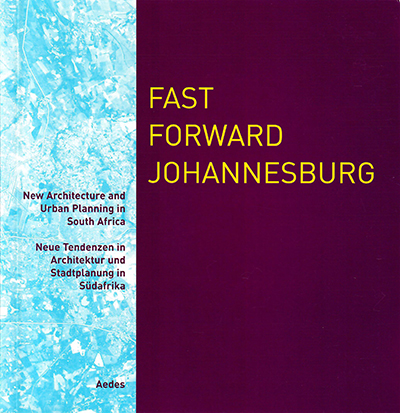
Diese Ausstellung wurde ermöglicht mit der großzügigen Unterstützung von:
